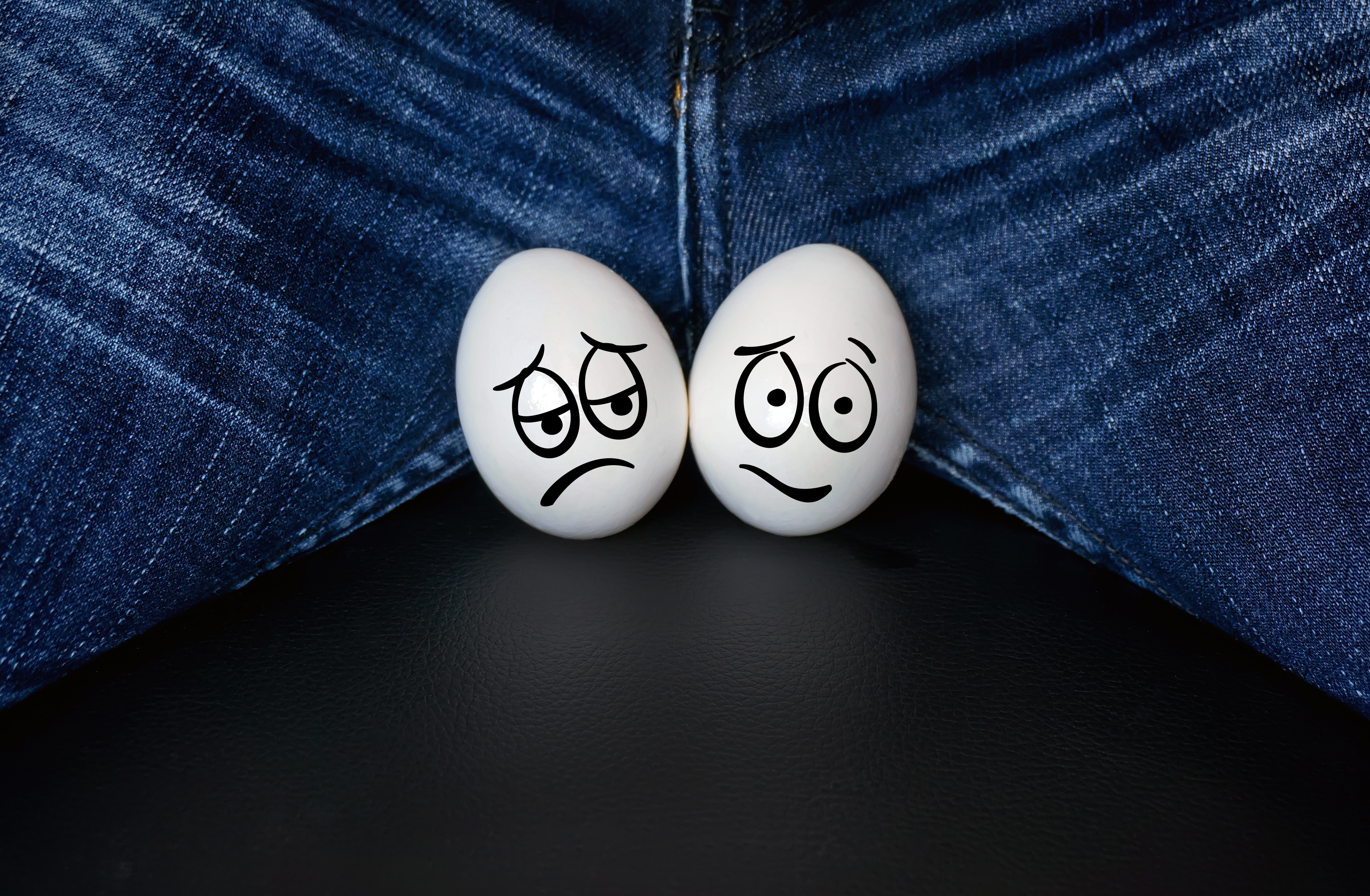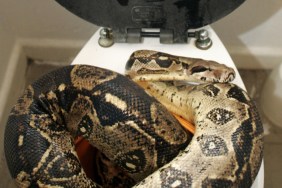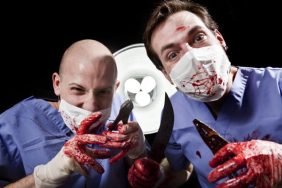You’ve got balls. Not metaphorically, although I’m sure you’re a brave, bold badass unafraid to speak your mind and take a stand. No, sir, I’m talking about literal, actual testicles – or testes, if you will. If you’ve got a pair, you ought to know how to take care of them beyond whatever subtly elegant pinch and roll maneuver you use when you get an itch in your downstairs region.
Now let’s figure out a few definitions before we proceed. Your testicles are two oval organs that hang out behind your penis. They’re enclosed in the scrotum, which is the technical term for your ballsack. The scrotum is actually an extension of the abdominal wall. (Please do not attempt to make your scrotum do sit-ups. Spoiler alert: it won’t work.)

When your testicles do their job correctly, they produce sperm, which is then stored nearby inside a coil-like structure called the epididymis. Testicles also manufacture androgen hormones, mainly testosterone, the primary male sex hormone. Keep in mind that humans born with female reproductive organs also have some testosterone, just as you have some estrogen.
By the by, if you’re wondering why I just said “humans born with female reproductive organs” and not “women,” it’s because trans women who haven’t had bottom surgery still have testicles, although hormone therapy can cause them to shrink. And these gals need to care about the health of their bodies, too. Just trying to cover all the bases here. Terminology can be a tricky thing and I figure it’s better to be safe and clear about this stuff than leave somebody out who might benefit from it. Cool? Cool. Moving on.
Testicular cancer is the most common cancer in American men between the ages of 15 and 35, so just as women should learn how to do a monthly breast self-examination, you ball-havers should learn how to examine your own business.
According to the American Cancer Society, only 1 in 263 American men will develop testicular cancer. And the risk of dying from testicular cancer is only about 1 in 5000. Bear in mind that any of the following symptoms of testicular cancer may represent something much less dangerous. In fact, some of these symptoms may be utterly harmless. And remember that testicular cancer is highly treatable, particularly when caught early.
Here are some signs and symptoms of testicular cancer. (BTW, I’m quoting from the experts at the famed Mayo Clinic in Rochester, Minnesota.)
- A lump or enlargement in either testicle
- A feeling of heaviness in the scrotum
- A dull ache in the abdomen or groin
- A sudden collection of fluid in the scrotum
- Pain or discomfort in a testicle or the scrotum
- Enlargement or tenderness of the scrotum
- Back pain
According to the Mayo Clinic, “See your doctor if you detect any pain, swelling or lumps in your testicles or groin area, especially if these signs and symptoms last longer than two weeks.”
So what’s the proper way to check yourself for testicular cancer? Get to know your body by doing a monthly self-exam. Do it after a bath or shower when the skin is relaxed. Here’s what the American Cancer Society suggests.
- Hold your penis out of the way and check one testicle at a time.
- Hold the testicle between your thumbs and fingers of both hands and roll it gently between your fingers.
- Look and feel for any hard lumps or smooth rounded bumps or any change in the size, shape, or consistency of the testicles.
It’s very normal for one testicle to be higher and/or bigger than the other. Also, the epididymis may feel like a bump on the outer or upper middle side. You’ve also got tissues, blood vessels, and tubes that act as a highway for sperm.

By the way, if you’re understandably freaked out by the idea of testicular cancer, here’s a little anecdote that may provide some comfort. I’m heading to my twice-a-year skin cancer check soon, because I had skin cancer when I was 17. I take heart in the fact that the kind of cancer I had was and is highly treatable. Because I’ve had to keep an eye on my skin for years, I’ve become alert to unusual changes that otherwise might slip by unnoticed. You want to get to that stage with your balls. If you know you own baseline for “normal,” you’ll know when something unusual occurs.
Take good care of your balls, and your balls will take good care of you. (I have no idea if that’s true, but it sounds like a delightful conclusion to our journey.) And for more information, don’t hesitate to talk to your doctor or to check out the American Cancer Society. Remember, self-examination is not self-diagnosis. Now get out there and have some fun. (And if the fun involves a contact sport, please wear a cup. We’ll talk about testicular torsion another day.)







